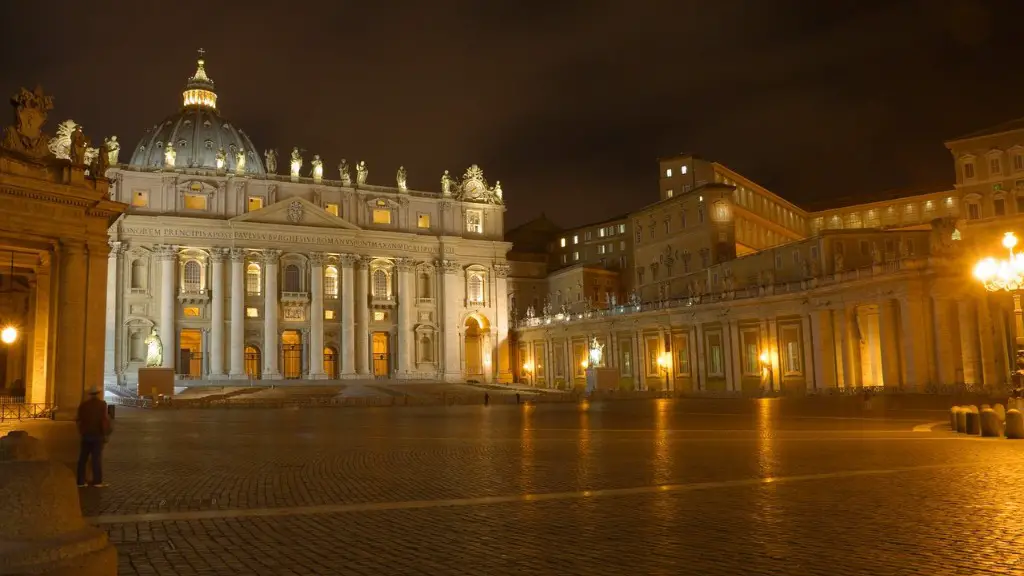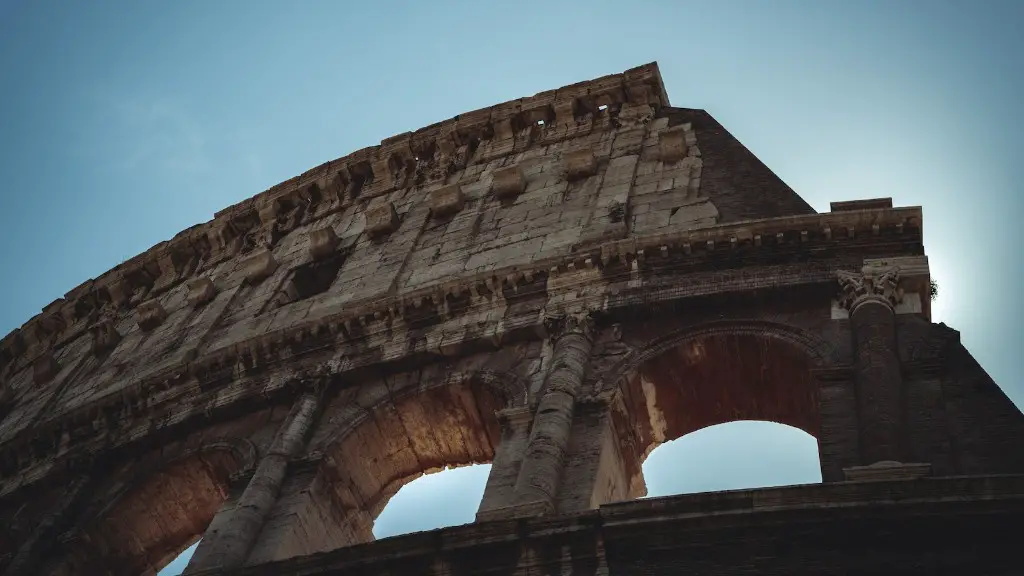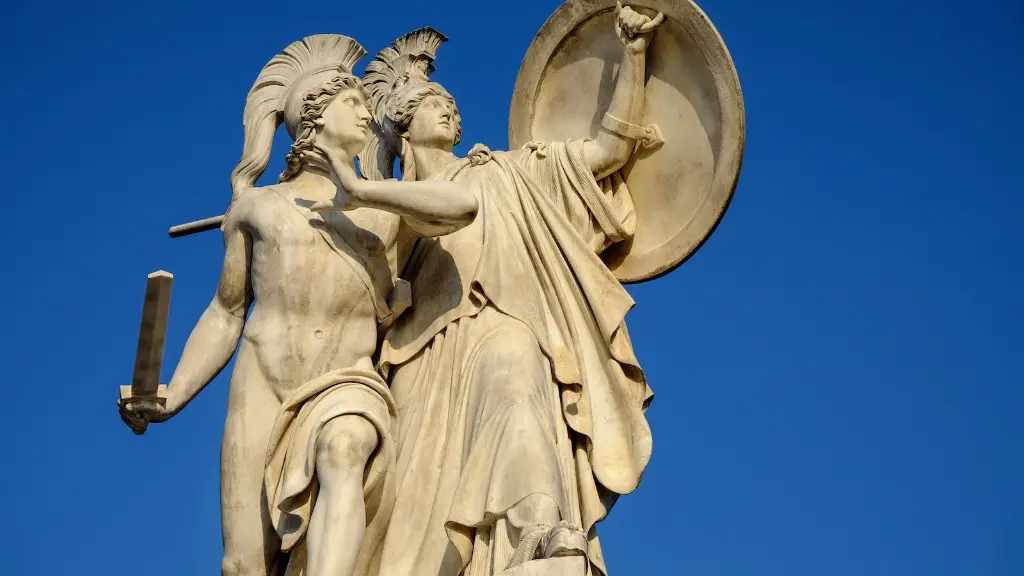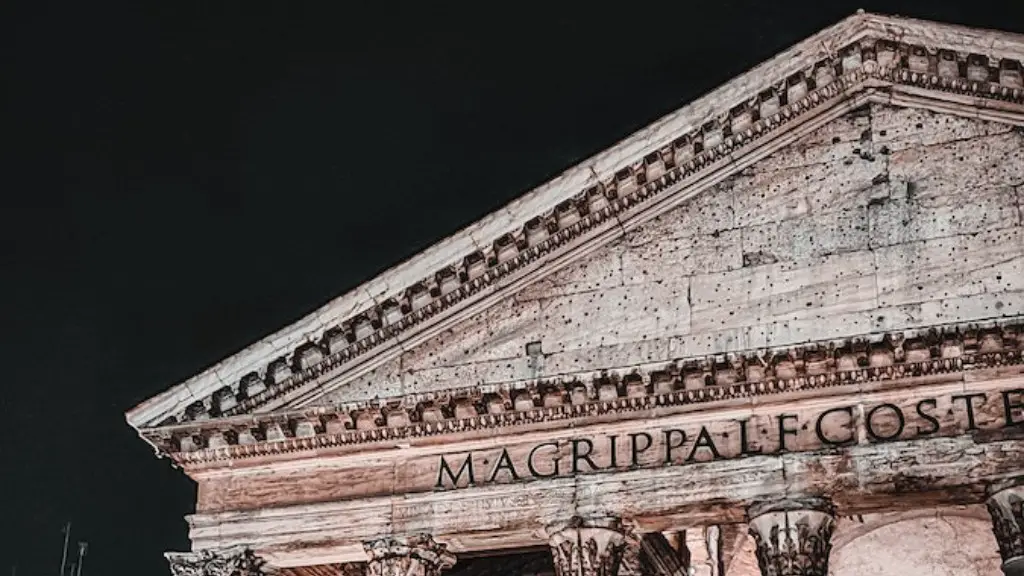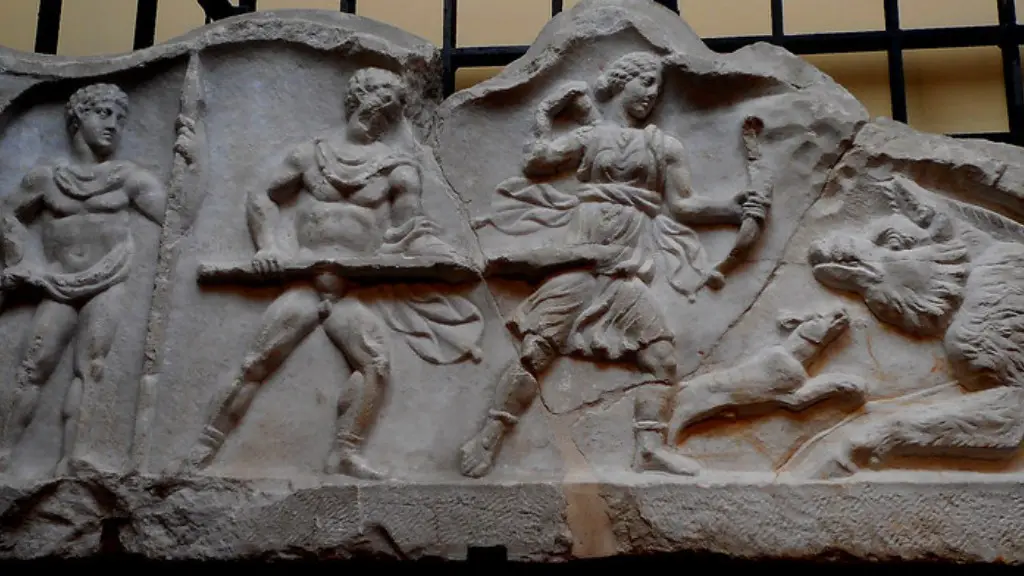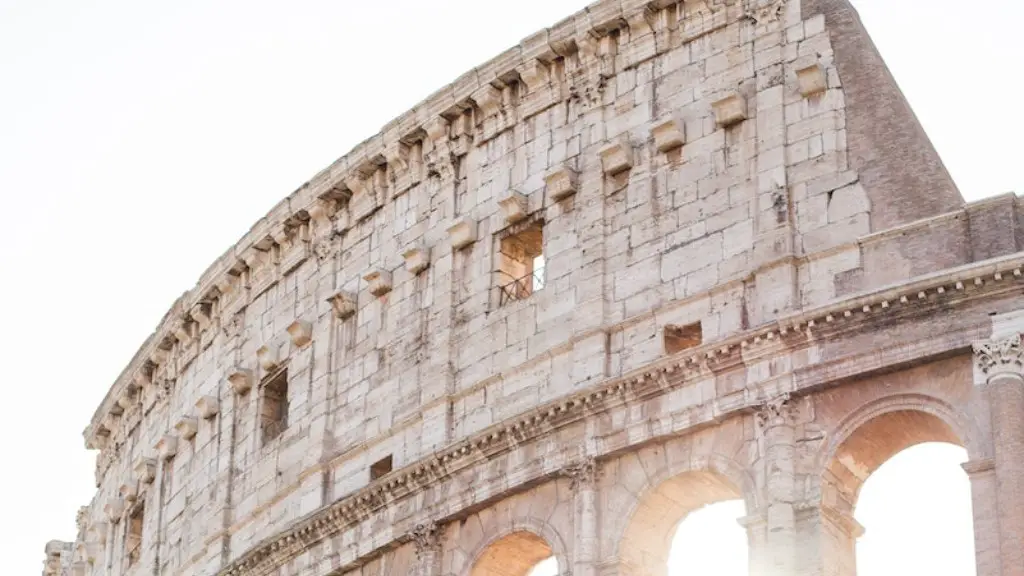Health and wellness of Ancient Rome
Ancient Rome was a powerful empire that shaped its own culture and way of life. Life in ancient Rome was driven by a combination of religious, political and societal forces. Daily life for the Roman people was complex and full of responsibility. Health and wellness in Ancient Rome were largely a product of the lifestyle of the people who made up the population.
Cleanliness was considered essential to health in ancient Rome. People washed their hands and faces daily and rubbed their bodies with oil to keep the skin soft, smooth and healthy. They also took frequent baths and used perfumes to make themselves smell better. People bathed at least once a day in public baths, as they believed that soaking in the warm water was beneficial for their bodies.
The Ancient Romans had a well-developed understanding of medicine and health. Physicians would treat illnesses that had physical symptoms with treatments such as herbs, ointments and massage. Many of these remedies are still used today. The Ancient Romans also developed an early form of psychotherapy that focused on healing mental illness by understanding the patient’s emotional state and helping him or her to reach an inner peace.
The diet of Ancient Rome as well was important for its health and wellness. They grew a variety of crops and eat a balanced diet of grains, vegetables, fruits, nuts and olives and occasionally ate meat and fish. Wine was often consumed as well but limited to a moderate amount, as it was believed to be a health hazard if consumed in excess quantities.
Exercise was also necessary for overall health and well-being. While it wasn’t as common as it is today, physical activity was encouraged through sports such as running, swimming and chariot racing.
The Ancient Romans put a great deal of emphasis on religion and superstitions. Many people would carry religious amulets and trinkets to ward off bad luck, and religious ceremonies were an important part of everyday life. Many believed that illnesses were caused by gods, and some of the most renowned doctors would consult with oracles before treating a patient.
It is clear that health and wellness were very important in Ancient Rome. The Ancient Romans developed and maintained a healthy lifestyle that focused on proper nutrition, exercise and hygiene. They also believed in the importance of religion and superstitions in preserving their health and wellness.
Housing of Ancient Rome
Housing in Ancient Rome was highly varied, with the families of senators and the rich living in lavish houses and the poor living in cramped, cramped tenements. Most housing in Ancient Rome was single-story and situated around a courtyard, with a series of rooms off the courtyard.
Senators and other wealthy families lived in large homes, with many rooms and luxuriously furnished. Their homes were also decorated with expensive wall paintings and sculptures.
For the majority of the Roman population, however, housing was very different. Many lived in small apartments or shared homes. These homes were usually cramped and crowded, with several families living in the same house.
The poorest lived in insulae, which were tenements crowded with up to eight families in each individual floor. Life in these tenements was difficult, as they were cramped and lacked adequate ventilation or sanitation.
Most homes had simple furniture such as chairs, tables and beds made of wood. The wealthy had more luxurious furniture, including couches, tables, chairs and beds made of marble.
The living conditions in Ancient Rome were far from ideal, but the Romans were able to build homes that were safe and comfortable.
Government of Ancient Rome
The government of Ancient Rome was based on the Roman Republic, which was in place from 509 BC to the end of the 1st century BC. It was a system of government where the Senate and the people elected two Consuls, who were the highest-ranking officials.
During the period of the Republic, the Senate was the most powerful body in the government. It was made up of 300 influential members of Rome’s wealthy upper classes and acted as an advisory board to the two Consuls.
The Roman people had some influence over the government as well. They elected both Consuls and several other magistrates, and could also propose laws through the Assembly of the Plebeians.
The Roman government was largely successful in providing for the welfare of its citizens. It built roads, aqueducts and public baths, established law courts, provided basic health care and maintained public order. It also provided protection from foreign invasion and civil unrest.
Overall, the government of Ancient Rome was successful in providing for the welfare of its citizens and ensuring that Rome remained one of the most powerful and influential empires of its time.
Economy of Ancient Rome
The economy of Ancient Rome was built upon a mix of trade, agriculture and manufacturing. Trade played a major role in the Roman economy, as Rome imported and exported goods from far away lands. It was also heavily dependent on slavery, with slaves providing the labor in farms, mines and workshops.
Agriculture was also an important part of the Roman economy. Roman farmers grew grains, fruits, vegetables and olives on large estates called latifundia. They also bred sheep, goats and other livestock. Rome also had many small family-owned farms, which produced enough food to feed the population of the city.
Manufacturing was another essential part of the Roman economy. The Romans produced a variety of goods, including clothing, jewelry, ceramics, furniture and weapons. Manufacturers also produced textiles, bricks, tiles and pottery.
The Roman economy was largely self-sufficient and enabled Rome to become a superpower in its era. The Roman economy was built upon a mix of trade, agriculture and manufacturing, which provided the citizens with a comfortable lifestyle. This led to the start of the Roman Empire, which was one of the greatest empires in the history of the world.
Military of Ancient Rome
The Roman military was one of the main forces that made Ancient Rome a superpower. The Roman army consisted of a diverse mix of soldiers, including citizens of Rome, slaves and foreigners. Soldiers were expected to fight in hand-to-hand combat as well as with weaponry.
The Roman soldiers were well-trained, disciplined and well-equipped. They were expected to adhere to strict protocols and rules of battle. They were organized into a hierarchical system with the most senior officers commanding large armies of thousands of men. They also used advanced tactics and adopted specialized forms of warfare such as siege warfare and naval battles.
The Roman military was also important in protecting and expanding the empire. Rome’s vast borders were protected by the military, and the army was also used to build roads, guard fortresses and suppress rebellions. The military also fought several wars, most notably against the Carthaginians and the Greeks, allowing Rome to expand its empire.
The Roman military played an important role in the success of Ancient Rome. The disciplined and well-trained soldiers helped to protect Rome’s borders and also allowed Rome to expand its sphere of influence and gain control of vast territories.
Education of Ancient Rome
Education was highly valued in Ancient Rome, as it was seen as an essential part of the Roman way of life. Education was divided into two main categories – public education and private education.
Public education was open to anyone, regardless of their social class, and was largely based on memorizing and repeating information. It was usually taught by teachers in Latin and Greek and included reading, writing, arithmetic and geometry.
Private education was reserved for the wealthy and focused more on the liberal arts, such as literature, rhetoric, philosophy and science. It was often taught by tutors in the family home and was seen as a way to develop the mind and character.
Education in Ancient Rome was important for both the wealthy and the poor, as it taught them the necessary skills for succeeding in their daily lives. It also taught them about the Roman way of life, and reinforced their loyalty to the Roman state.
Overall, education was highly valued in Ancient Rome, as it enabled its citizens to be productive members of society and to live prosperous and successful lives.
